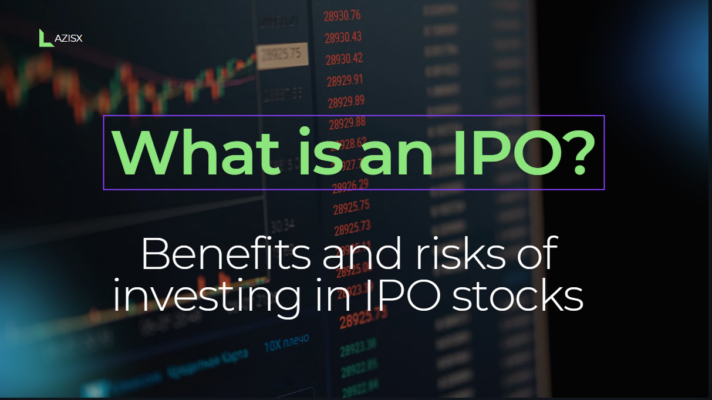
Main Keywords: stocks and bonds, difference between stocks and bonds, what to invest in
1. What are stocks and bonds?
In the financial market, investors commonly encounter two main types of securities: stocks and bonds. While both are tools for raising capital for businesses or governments, they represent fundamentally different concepts and operate in distinct ways.
-
A stock is a certificate of ownership in a company. When you own a stock, you become a shareholder and are entitled to certain rights similar to a part-owner.
-
A bond is a certificate indicating that the buyer is lending money to a business or the government, which agrees to repay the principal with interest after a specified period.
2. Detailed comparison: stocks vs. bonds
| Criteria | Stocks | Bonds |
|---|---|---|
| Nature | Equity – you become a shareholder | Debt – you are a creditor |
| Rights | Voting rights, eligible for dividends | No voting rights |
| Risk level | High – subject to market fluctuations | Lower risk, but returns are typically fixed |
| Returns | Dividends + capital gains | Fixed interest income (coupon payments) |
| Liquidity | Very liquid – traded daily on the stock market | Depends on bond type – often less liquid than stocks |
| Best for | Those seeking high returns and can accept risk | Those who prefer safety and stable cash flow |
3. Should you invest in stocks or bonds?
-
If you are a risk-taker seeking higher returns → stocks may be the better option.
-
If you prefer safety and steady income → bonds will likely suit you better.
👉 In reality, a smart investor often combines both to diversify their portfolio and balance risk.
4. Conclusion
Understanding the difference between stocks and bonds is a crucial first step in building an effective investment portfolio.
-
Stocks offer high potential returns but come with higher risks.
-
Bonds are more stable but offer lower interest.
Depending on your financial goals and risk tolerance, combining both can help optimize your investment strategy.

 Tiếng Việt
Tiếng Việt





